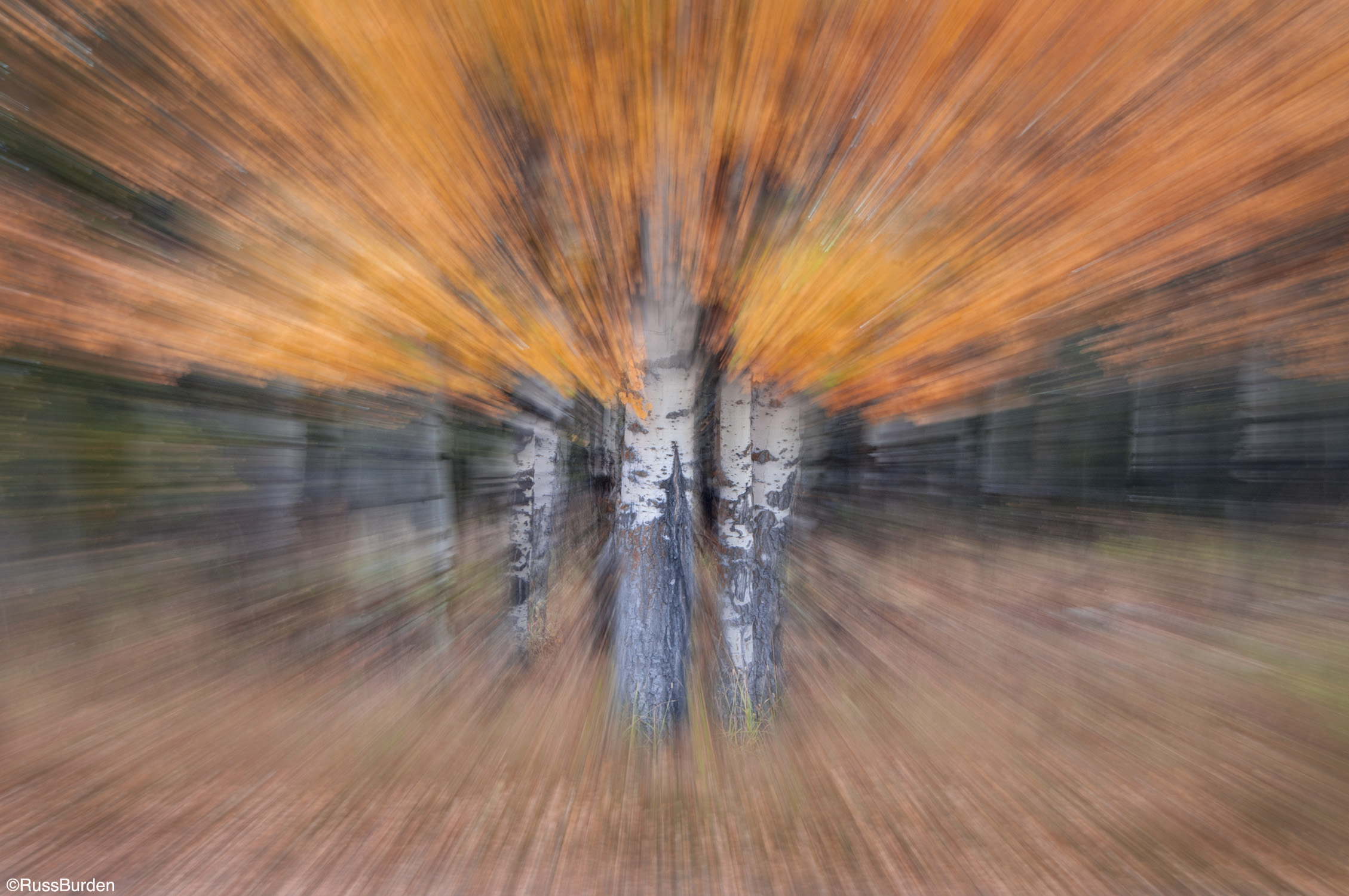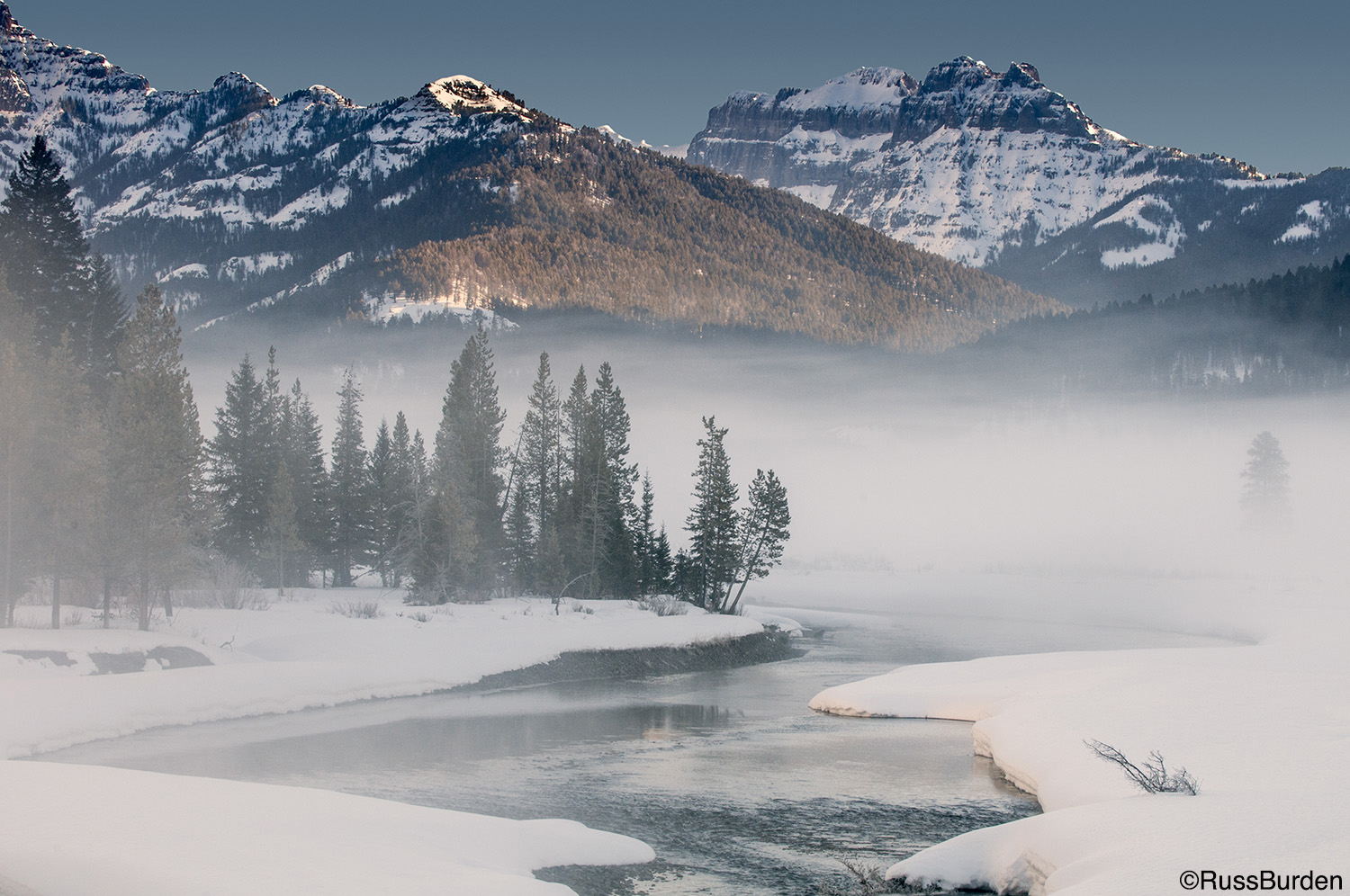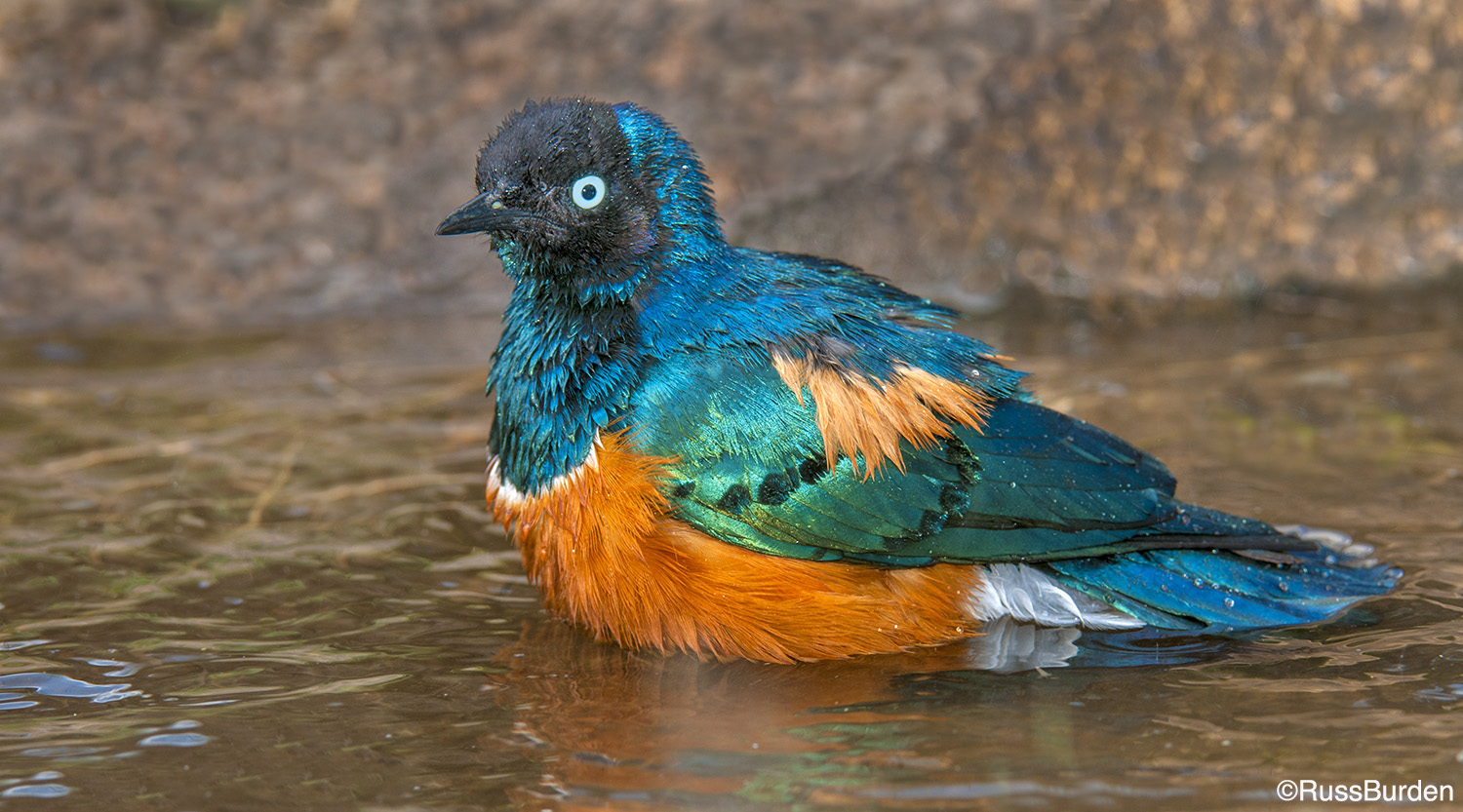A quote about which to think regarding your photography: “He who aspires to raise the bar does not walk the path of those taken before.” How about you break away from making the same iconic shot that’s been made millions of times before? Push the envelope and try something new. Don’t walk in the footprints walked before—find a new trail. Have you ever revisited the same photographic location and simply repeated the composition you made in the past? It’s human nature to do this, so don’t feel guilty. But, in order to diversify, break the mold, learn something new or have an “ah ha” moment, cut the safety net to bring your photography to the next level. Something new could be a baby step or a drastic change. Over the years I’ve run workshops and worked with my participants, I’ve shared the following suggestions to get them to cut the safety net. Some are basic, while others take it to the next level. See where you fit in relative to my four suggestions.

Experiment: Zoom lenses are extremely popular. Zooming allows the photographer to easily tweak a composition, avoid extra weight in their camera bag not needing a fixed lens at various increments and save on buying multiple lenses that cover the zoom’s range. But for all of you who own a zoom, I pose this question. How many have made long exposures where you zoom the lens during the exposure? If you haven’t, you’re missing out on creative captures. During a multiple second exposure, zoom the lens from its widest to its most telephoto setting. To vary it up, zoom the lens from its most telephoto to its widest. To vary it up even more, zoom the lens slowly or quickly to create different burst effects. Additionally, zoom the lens for just part of the exposure and for the remaining duration, let the exposure build on a fixed part. Combine any of the above for another effect.

Break Free From Fair-Weather Photography: Many cameras are like bears—they hibernate over the winter. If you live in a climate where you’re lucky enough to receive snow, revel in it. Charge your camera batteries, dress warmly, lace up your boots and get out to photograph right after a fresh snow. If you’re a fair-weather photographer, give it a try. Bring hand warmers, a good hat, gloves that allow you to work the controls of the camera and wear thermals. It’s imperative you stay warm so you’re comfortable in the field. A warm photographer is a content one, which translates to better image making. When you see the results on your computer, you may wind up booking a trip to the far northern latitudes to be immersed in snow!
Try Something New: Treat yourself to that accessory you’ve read about, heard about from a fellow photographer or seen on the internet. It may be a filter, a new lens, a lens accessory or other implement you find intriguing. One accessory I’ve played with is a Lensbaby. Once I’ve taken my standard shots, I break it out to see what optional effects I can obtain. Night photography is getting more and more popular. Head into the darkness with your new, fast wide-angle lens and a flashlight. Use the flashlight to paint light onto your foreground subject. Use high ISO and limit your exposure time to prevent movement in the stars. Fifteen to 30 seconds are good starting points. If you want star trails, leave the shutter open for a few hours.

Use That Flash That Sleeps In Your Camera Bag: You more than likely own a flash, but how often does it get used? Have you ever taken it out in broad daylight to use as a fill light source? Think about a situation where a subject wears a hat that casts a dark shadow over the face. Use flash to add light to the shadowed portion. Think about a side lit or backlit flower that needs light on the dark side. Use flash to provide that light! You love going to the zoo, but the light in the indoor exhibits is awful. Take the flash off your camera, hold it up to the glass and use it as a main light. In order to get the flash off camera, it needs to be fired wirelessly—check your camera and flash manuals to see if it has the capability. If you own an older camera body, it may have a PC port to hardwire the flash to the camera—again, check your camera manual.
Visit www.russburdenphotography.com for information about his nature photography tours and safari to Tanzania.
The post Get Out From Under Your Protective Umbrella appeared first on Outdoor Photographer.
















